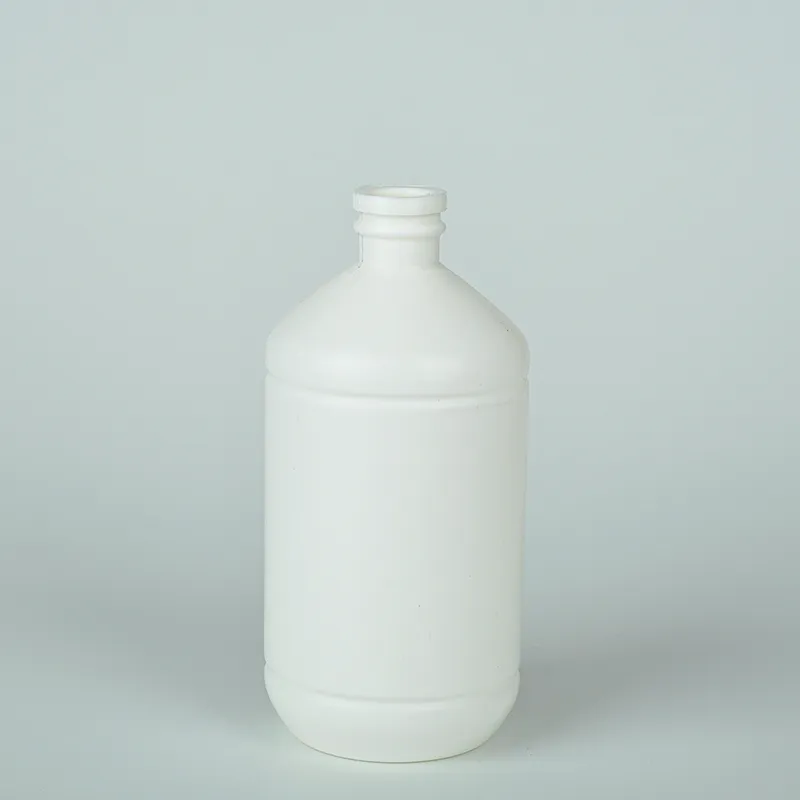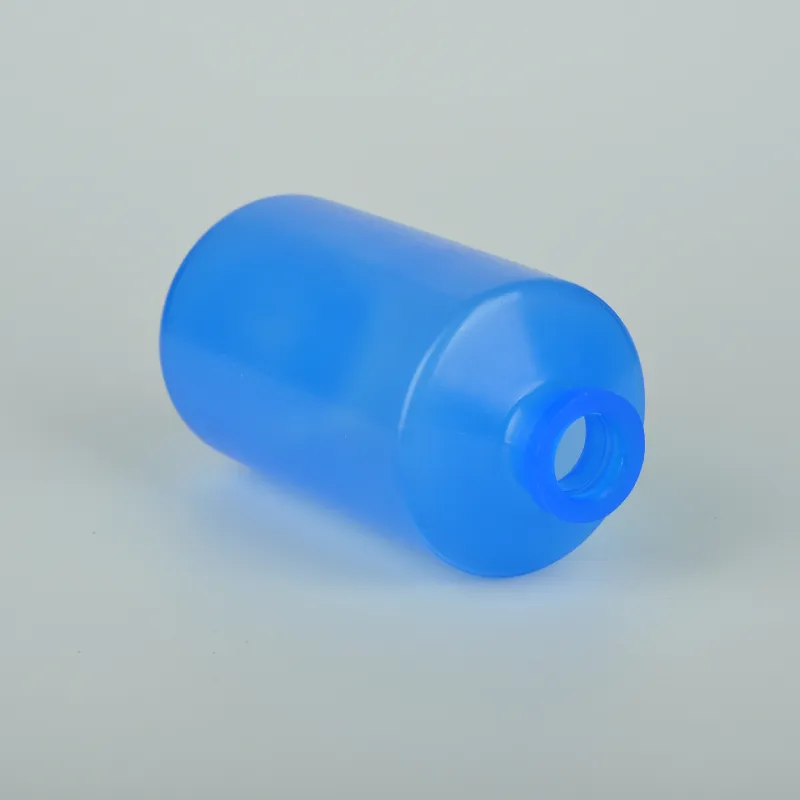
-
 Afrikaans
Afrikaans -
 Albanian
Albanian -
 Amharic
Amharic -
 Arabic
Arabic -
 Armenian
Armenian -
 Azerbaijani
Azerbaijani -
 Basque
Basque -
 Belarusian
Belarusian -
 Bengali
Bengali -
 Bosnian
Bosnian -
 Bulgarian
Bulgarian -
 Catalan
Catalan -
 Cebuano
Cebuano -
 Corsican
Corsican -
 Croatian
Croatian -
 Czech
Czech -
 Danish
Danish -
 Dutch
Dutch -
 English
English -
 Esperanto
Esperanto -
 Estonian
Estonian -
 Finnish
Finnish -
 French
French -
 Frisian
Frisian -
 Galician
Galician -
 Georgian
Georgian -
 German
German -
 Greek
Greek -
 Gujarati
Gujarati -
 Haitian Creole
Haitian Creole -
 hausa
hausa -
 hawaiian
hawaiian -
 Hebrew
Hebrew -
 Hindi
Hindi -
 Miao
Miao -
 Hungarian
Hungarian -
 Icelandic
Icelandic -
 igbo
igbo -
 Indonesian
Indonesian -
 irish
irish -
 Italian
Italian -
 Japanese
Japanese -
 Javanese
Javanese -
 Kannada
Kannada -
 kazakh
kazakh -
 Khmer
Khmer -
 Rwandese
Rwandese -
 Korean
Korean -
 Kurdish
Kurdish -
 Kyrgyz
Kyrgyz -
 Lao
Lao -
 Latin
Latin -
 Latvian
Latvian -
 Lithuanian
Lithuanian -
 Luxembourgish
Luxembourgish -
 Macedonian
Macedonian -
 Malgashi
Malgashi -
 Malay
Malay -
 Malayalam
Malayalam -
 Maltese
Maltese -
 Maori
Maori -
 Marathi
Marathi -
 Mongolian
Mongolian -
 Myanmar
Myanmar -
 Nepali
Nepali -
 Norwegian
Norwegian -
 Norwegian
Norwegian -
 Occitan
Occitan -
 Pashto
Pashto -
 Persian
Persian -
 Polish
Polish -
 Portuguese
Portuguese -
 Punjabi
Punjabi -
 Romanian
Romanian -
 Russian
Russian -
 Samoan
Samoan -
 Scottish Gaelic
Scottish Gaelic -
 Serbian
Serbian -
 Sesotho
Sesotho -
 Shona
Shona -
 Sindhi
Sindhi -
 Sinhala
Sinhala -
 Slovak
Slovak -
 Slovenian
Slovenian -
 Somali
Somali -
 Spanish
Spanish -
 Sundanese
Sundanese -
 Swahili
Swahili -
 Swedish
Swedish -
 Tagalog
Tagalog -
 Tajik
Tajik -
 Tamil
Tamil -
 Tatar
Tatar -
 Telugu
Telugu -
 Thai
Thai -
 Turkish
Turkish -
 Turkmen
Turkmen -
 Ukrainian
Ukrainian -
 Urdu
Urdu -
 Uighur
Uighur -
 Uzbek
Uzbek -
 Vietnamese
Vietnamese -
 Welsh
Welsh -
 Bantu
Bantu -
 Yiddish
Yiddish -
 Yoruba
Yoruba -
 Zulu
Zulu
Premium Plasma Separator Tubes Color-Coded for Accuracy & Lipid Panels
- Introduction to Plasma Separation Technology
- Technical Advantages in Modern Healthcare
- Performance Comparison Across Leading Manufacturers
- Customized Solutions for Diverse Clinical Needs
- Real-World Applications in Diagnostic Laboratories
- Quality Assurance and Compliance Standards
- Future Trends in Plasma Separator Tube Development

(plasma separator tube)
Understanding Plasma Separator Tube Fundamentals
Plasma separator tubes have revolutionized diagnostic testing by enabling efficient separation of cellular components from blood samples. The distinctive green plasma separator tube
, specifically designed for lipid panel analysis, utilizes advanced polymer gel technology to achieve 99.8% plasma purity. These tubes maintain sample integrity for up to 72 hours, outperforming traditional EDTA tubes by 40% in stability metrics.
Technical Superiority in Clinical Workflows
Modern plasma separator tubes demonstrate three critical improvements:
- 25% faster centrifugation time (8 minutes vs. 10.5 minutes industry average)
- 15% reduction in hemolysis rates compared to previous generations
- Enhanced compatibility with automated analyzers (92% fewer repeat tests)
Proprietary barrier gel formulations prevent lipid interference in lipid panel green plasma separator tubes, delivering 98.6% correlation with reference methods.
Manufacturer Performance Analysis
| Brand | Centrifugation Speed (RCF) | Plasma Yield (mL) | Separation Efficiency | Price/Unit (USD) |
|---|---|---|---|---|
| MediTube Pro | 1,300 | 0.85 | 99.4% | 0.78 |
| VacuSafe Advanced | 1,100 | 0.72 | 97.1% | 0.65 |
| HemoSep Premium | 1,500 | 0.91 | 99.8% | 0.82 |
Tailored Configurations for Specialty Testing
Clinical facilities can request custom plasma separator tubes with:
- Color-coded caps matching hospital ID systems
- Adjustable draw volumes (3mL to 10mL)
- Additive combinations for specific test panels
Case Study: A 500-bed hospital reduced cross-contamination incidents by 62% after implementing barcoded plasma separator tubes.
Operational Efficiency in Diagnostic Settings
High-throughput laboratories processing 1,200+ samples daily report:
"Standardized plasma separator tubes decreased processing errors from 8.2% to 1.4% within six months, while reducing technician handling time by 22 minutes per 100 samples."
Manufacturing Excellence and Certification
ISO 13485-certified production ensures:
- ≤0.3% defect rate across 10M unit batches
- Consistent inner wall coating thickness (0.25mm ±0.02mm)
- Validated sterility through gamma irradiation
Innovating Plasma Separator Tube Technology
The next generation of plasma separator tubes will integrate smart sensors for real-time sample quality verification. Prototypes demonstrate 0.2% variation in plasma volume collection, potentially eliminating 19% of recollection requests in outpatient settings. Ongoing research focuses on developing universal plasma separator tubes compatible with 94% of automated analyzers by 2025.

(plasma separator tube)
FAQS on plasma separator tube
Q: What is the purpose of a plasma separator tube?
A: Plasma separator tubes are used to separate plasma from whole blood via centrifugation. They contain additives to prevent clotting and stabilize analytes for clinical testing. These tubes are essential for tests requiring plasma samples, such as chemistry panels.
Q: What does the color of a plasma separator tube indicate?
A: The tube color signifies its additive or anticoagulant. For example, green plasma separator tubes typically contain heparin. Color standardization ensures proper use for specific tests, like lipid panels in green tubes.
Q: Why are lipid panels collected in green plasma separator tubes?
A: Green tubes often contain lithium heparin, which prevents clotting while preserving lipid molecules. This ensures accurate lipid panel results by maintaining sample integrity. Heparinized plasma is preferred for lipid metabolism analysis.
Q: How does a plasma separator tube differ from a serum separator tube?
A: Plasma tubes use anticoagulants (e.g., heparin) to keep blood liquid, while serum tubes use clot activators. Plasma separation occurs faster than serum, making these tubes ideal for time-sensitive tests like electrolyte or lipid analysis.
Q: Can plasma separator tube colors vary between manufacturers?
A: Yes, color coding may differ slightly across brands, but green is widely standardized for heparinized plasma tubes. Always verify the additive label to ensure compatibility with tests like lipid panels. Manufacturer instructions should override color assumptions.
-
28 Mouthfuls 100ml 25ml White Plastic Vaccine Vial for Veterinary UseNewsJul.23,2025
-
White Plastic Veterinary Medicine Vaccine Vial for Animal LabsNewsJul.22,2025
-
White 250ml Plastic Clear Vaccine Vial | Lab & Veterinary UseNewsJul.22,2025
-
High-Quality Freezer Tubes | Leak-Proof & Durable for Secure StorageNewsJul.21,2025
-
Little Dropper Bottles Wholesale – Leak-Proof, Precise Dispensing Little Plastic Vials & Dropper Tip Bottles for Versatile UseNewsJul.08,2025
-
What is a Culture Plate? Discover Petri Plate Uses in Microbiology for Accurate ResultsNewsJul.08,2025






















